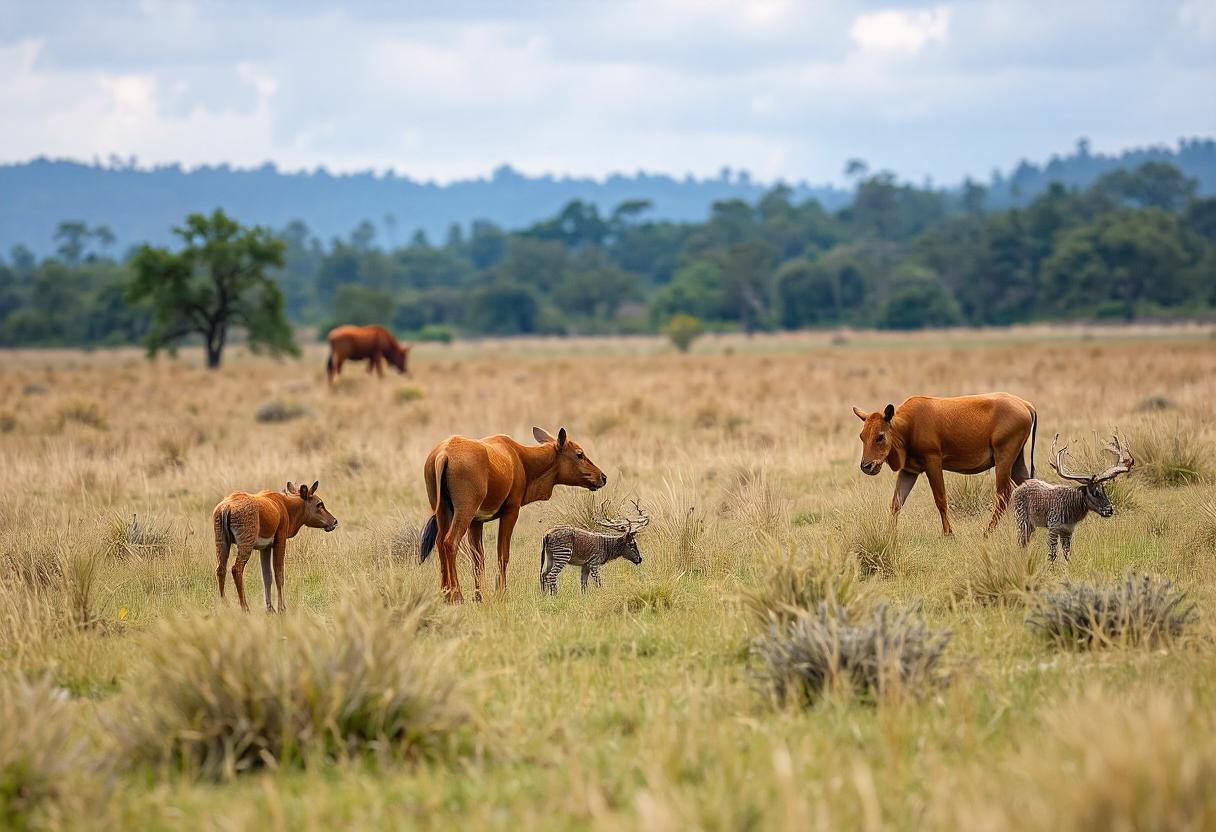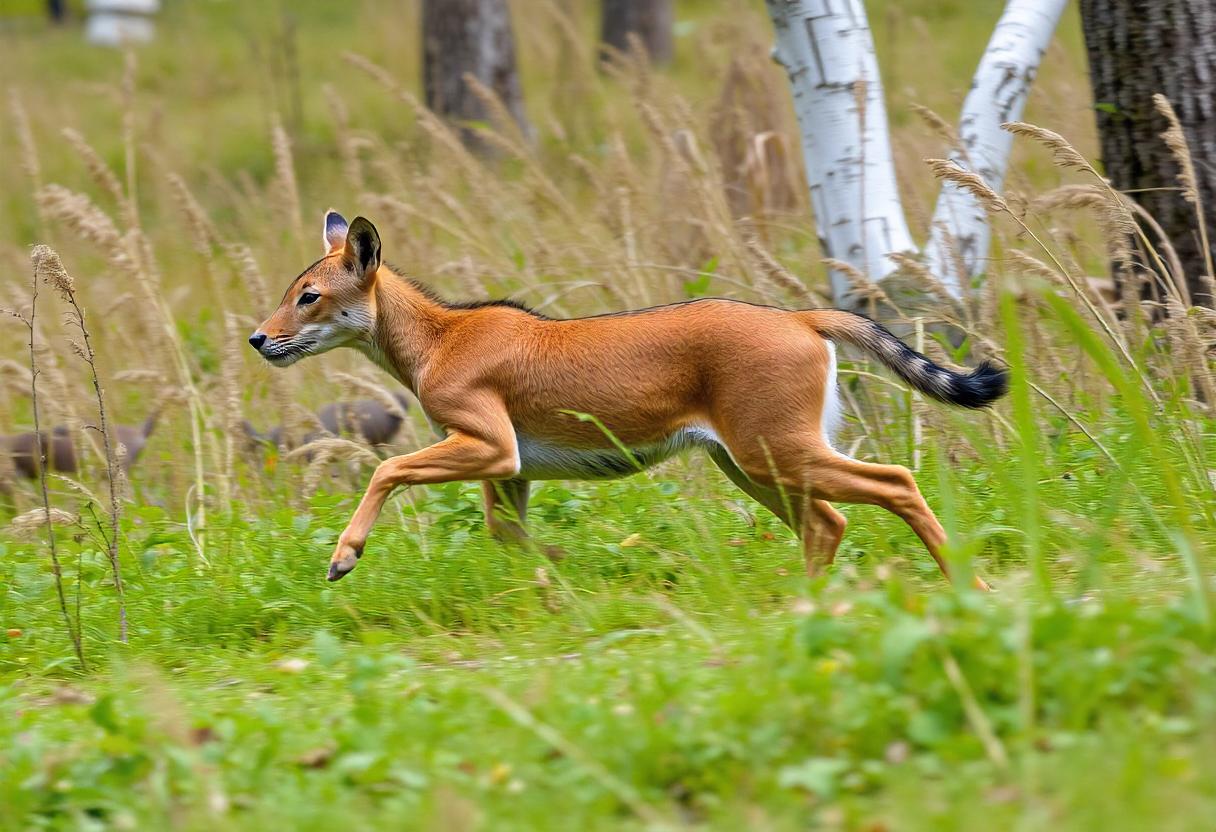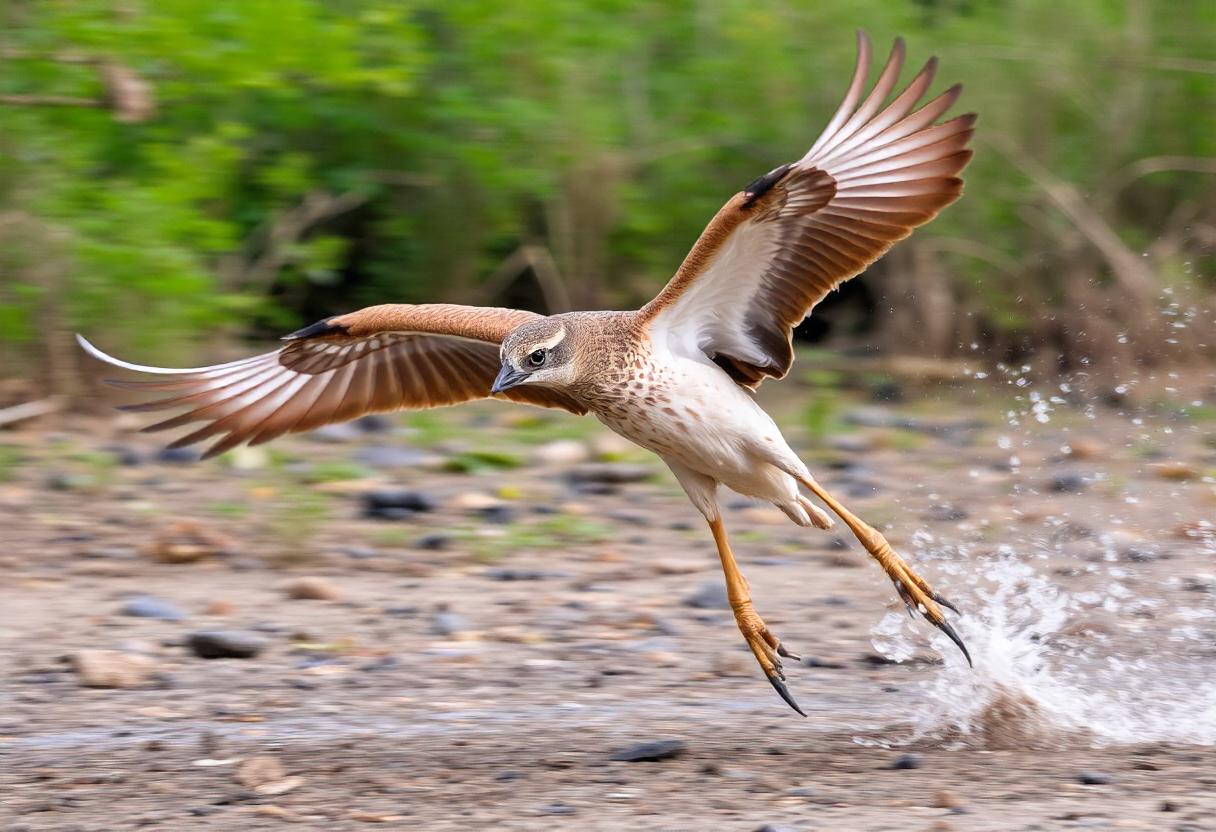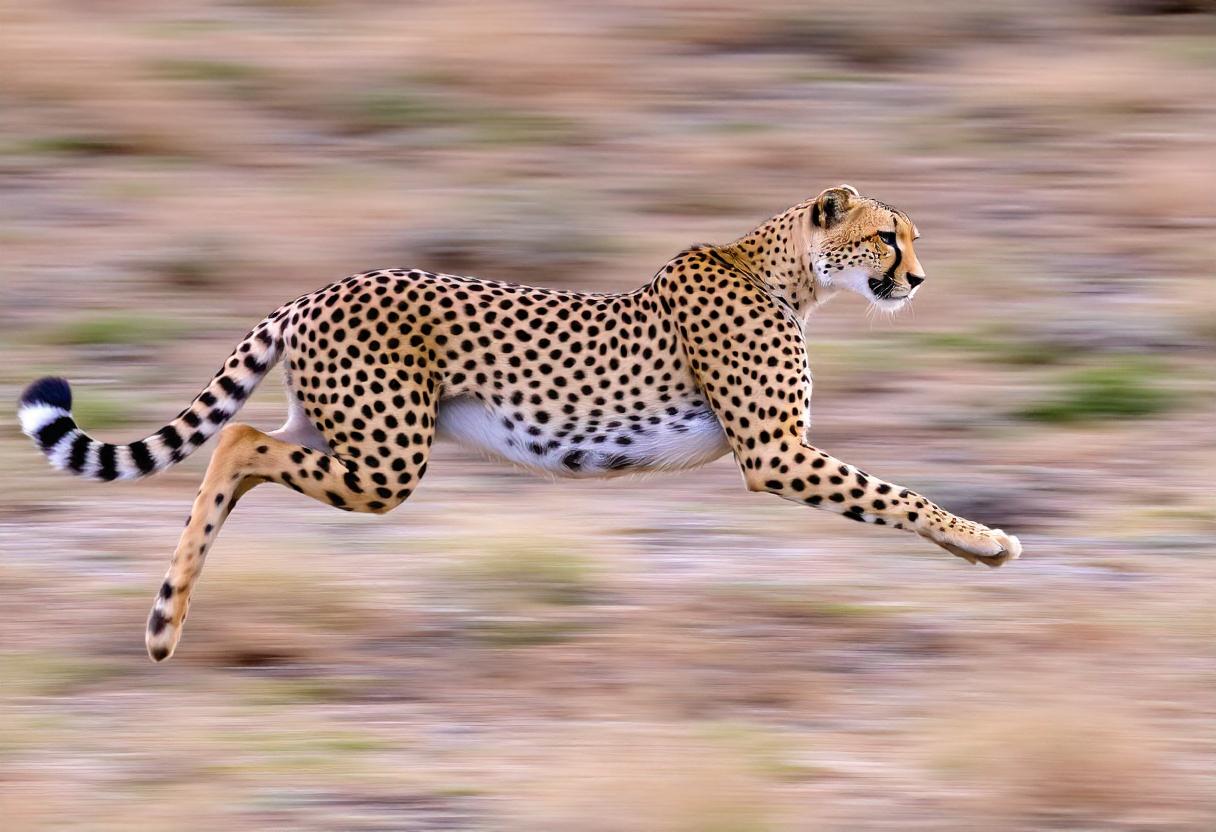Building a versatile summer dresses wardrobe is the key to feeling confident and stylish all…

Capture Stunning Action Shots of Wildlife Photography
Wildlife photography can be an exciting and challenging hobby, whether one considers it an art or a sport. The greatest thrills could be found in action shots of animals in the wild. From flying birds and frolicking monkeys, such shots can catch your breath and leave you aghast. However, getting that picture really requires experience with your quarry, knowledge of where to find it, and knowledge of how to get the shot. This article will look at some tips and tricks on how to shoot great action shots of wildlife.
Understanding Your Subject

Before heading out to shoot the action shots of wildlife, understand your subject. You need to know the behavior and habits and habitats of the animals you want to shoot to help in capturing the perfect shot. If you are photographing birds, you need to know their migration patterns, where they prefer to stay, and their feeding habits. This shall help you anticipate and get ready for the perfect shot. The best ways to develop an in-depth understanding of your wildlife are through research on your subject as much as possible, reading books and articles, and consulting with other photographers who have field experience.
Knowing your subject also means understanding their body language and behavioral cues. Suppose you’re photographing a predator, such as a lion. You need to know when the animal shows agitation, such as when their hackles are raised or if they change their posture. This can enable you to predict the right moment and make that shot, rather than surprising or scaring them away from getting the shot of action that you want. Knowing your subject will ultimately help you capture just that-perfect-action shot.
Identifying the Best Locations for Wildlife Photography

What matters in taking splendid snaps is gaining the most superior location and composition to click fantastic action snaps in wildlife. Make attempts to get any areas with high concentrations of wildlife, such as national parks, wildlife reserves, or areas where specific animal habitats are known. Research about the best times to visit these places, coupled with vantage points and routes to take. Knowledge of the location will help you plan a shoot and identify ideal spots.
Some basic considerations that go into selecting a location are the type of wildlife the photographer is trying to photograph. Large cats will be found in rocky outcroppings or heavy vegetation; birds will be in dense foliage or around a body of water. Choosing the right place will stand one a better chance of capturing that perfect shot.
Remember not to harm the environment and the animals you want to capture. You mustn’t cause damage to the natural habitat; besides, you are supposed to respect the local guidelines and regulations all the time. By doing this, respect to the environment and the wild will make sure that you enhance your probability of shooting captivating action shots, and thereby help in the conservation of these amazing creatures.
Tips for Getting Close to Your Subject Without Scaring Them
Of all the difficult tasks associated with wildlife photography, probably one of the toughest is that of getting close enough to your subject without spooking them. This requires a combination of stealth, patience, and knowledge of your subject’s behavior. The following are a few basic tips on how to get close to your subject without spooking them:.
First of all, always approach your subject slowly and calmly. Animals will be scared away or can be provoked when they get sudden movements or loud noises. So, take your time and move toward your subject with slow and intentional movements. Consider using a hide or blind to conceal yourself. This can really help you get closer to your subject without them seeing you.
Last but not least, patience pays. Do not rush to make your shot but take time to study your subject’s behavior and its body language. Understanding your subject’s behavior and its body language means that you will be better equipped with the right skills to take the best shot. With these tips, you can get as close to your subject without startling it and capture thrilling action shots.
1. Pay Attention to Behavioral Cues

Perhaps the most important tip in shooting action shots of wildlife is to pay attention to your subject’s behavior. Being able to know what comes next from your subject due to the understanding of its behavior and way it communicates with other members will enable you to anticipate and shoot that magic moment. Suppose you shoot a bird; perhaps it preens before flying. Anticipating this action allows you to put yourself in the right position for the shot.
Watch for signs of agitation or stress, such as raised hackles or postural adjustment. If threatened or scared, back away and give the subject space. Understand your subject’s behavior and body language to get a perfect shot while treading soft with regard to the animal’s well-being.
2. Don’t Use Live View

In action shots of wildlife, it is better not to use live view. It does distract your subject and can irritate or make them run further. Instead, compose a shot with the optical viewfinder and set the focus on your subject for maintaining the focus without startling your subject.
You can, therefore, capture the right moment with the help of the optical viewfinder. Outdoors, you will be fast enough to act upon your subject’s sudden body movement or change in direction. In this regard, you will be capable of capturing the best action images of your animal without startling it by staying off live view.
3. Use a Sufficient Shutter Speed

Action shots turn out better if the shutter speed is adequate. A fast shutter speed will freeze the action, whereas a slow one gives a sense of motion with blur. You need to experiment to find the correct shutter speed for your shot.
The general rule of thumb with any action photography when it comes to wildlife is a shutter speed of at least 1/500th of a second. This is subjective, though, and often depends on the type of animal and the type of action you are trying to capture. You get the perfect shot-a fast-moving animal or a slow-moving bird-simply because the shutter speed is sufficient.
4. Don’t Stick to Your Tripod

For this, you definitely don’t want to be on your tripod. That can get in the way a lot when trying to shoot animals that are moving fast or if you’re trying to shoot some sort of action on an animal. Consider incorporating a monopod instead, or even handheld shots. This will give you a lot more flexibility and allow you to move quickly so you can get the shot.
You won’t have to stick with your tripod, so you can predict and snap at precisely the right moment. You will also be able to act fast in case there is any change in your subject’s behavior-a sudden movement, change in direction, and other related stuff. You can shoot amazing action shots of wildlife with a monopod or handheld camera sans the constraint of a tripod.
5. Use Continuous Focus

Continuous focusing is a necessity in any action shot in wildlife photography. If Continuous Focus is on, you will be able to track your subject as it moves around so that it remains within your frame at all times. This becomes very important during action shots with subjects that are pretty fast on the move, like cheetahs and gazelles.
Setting your camera to continuous autofocus mode and engaging a focus tracking feature will allow continuous focus. You will then be allowed to compose the shot of your target subject as it moves, allowing you always to stay in focus. In such a way, with continuous focus, you are going to get excellent shots of animals in action without being puzzled by focusing on the subject.
6. Lay in Wait

Finally, remember that patience is a virtue when it comes to shooting action shots of wildlife. Never rush your shot; take time to observe the behavior of your subject and also take note of its body language. In this way, by patiently waiting for the right moment, you will be able to capture stunning action shots of wildlife.
Lie in wait and observe the behavior of the subject. Anticipate the movement of the animal, the body language, and snap at the perfect moment. Waiting will provide you with the perfect picture and stunning action shots of the wild animals.
Conclusion
More than anything, great action shots of wildlife require a combination of knowledge, skill, and patience. Picking the right location in complete knowledge of the subject, along with good techniques for capturing this creature in motion, is what will yield the best results. Attention to behavioral clues, a fast shutter speed, and adjustment of equipment such as using a monopod instead of a tripod are all important. It requires some extent of continuous focus and patient observation to snap the perfect moments. The integration of such strategies will not only ensure the capturing of captivating action shots but also produce images that show the dynamism and beauty of wildlife in truth.
Read Next: Macro Wildlife Photography: The Beauty of small Creatures




Comments (0)